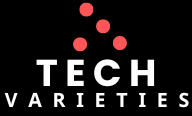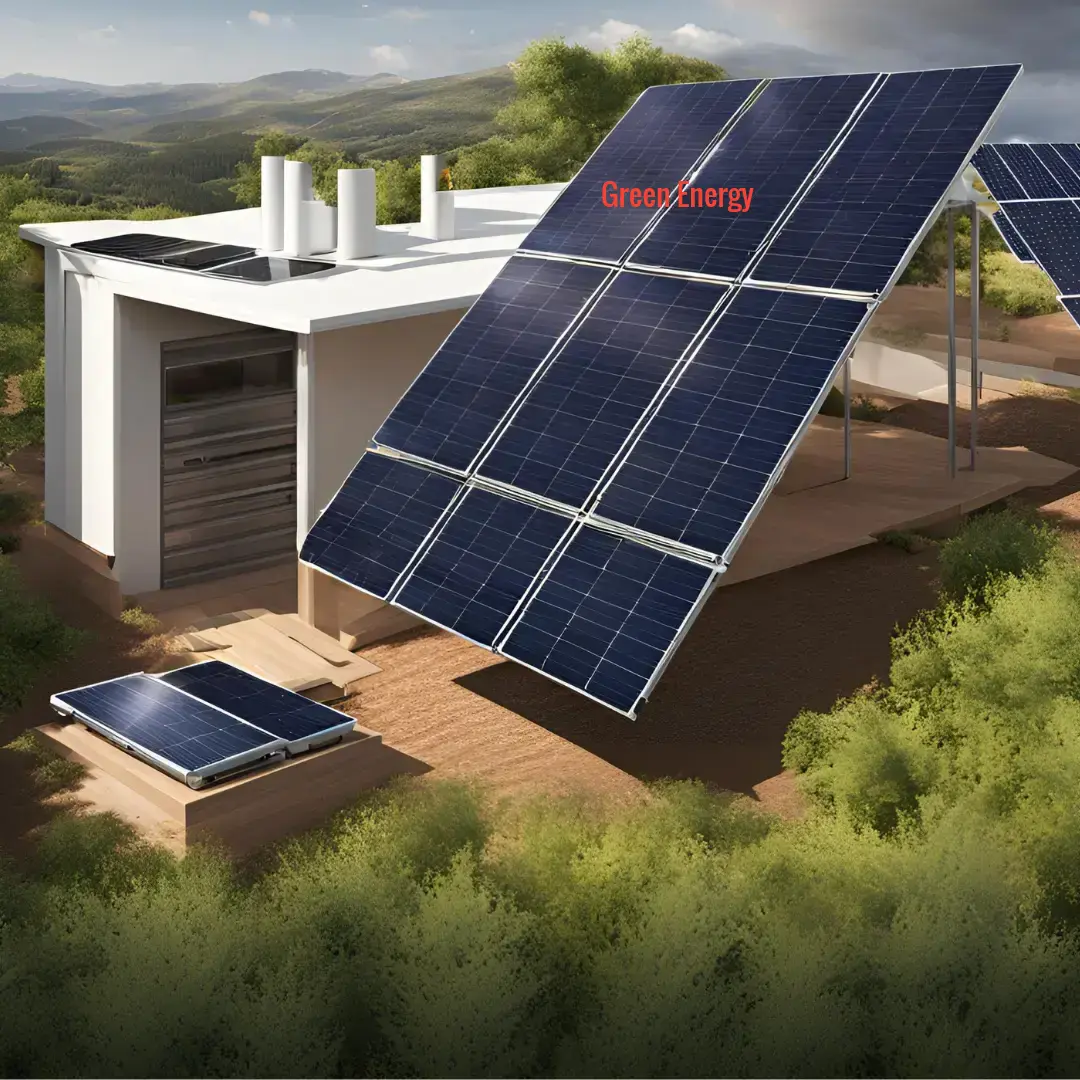With an abundance of sunshine year-round, Nigeria and other African countries have a tremendous opportunity to harness solar energy. Solar power offers a sustainable and environmentally friendly solution to the region’s electricity challenges. This blog post will explore the components of a complete solar electricity supply system and explain how they work together to provide clean, renewable energy.
Why Solar Energy?
Solar energy is a renewable resource that is both sustainable and inexhaustible. It reduces reliance on fossil fuels, decreases greenhouse gas emissions, and provides a reliable source of electricity, especially in remote and off-grid areas. Africa’s equatorial location provides it with some of the highest solar irradiance levels in the world, making it an ideal region for solar energy deployment.
Components of a Complete Solar Electricity Supply System
To harness solar energy effectively, several components are necessary. Here’s an overview of each component and its role in the system:
- Solar Panels
- Solar panels, also known as photovoltaic (PV) panels, convert sunlight into electricity.
- Solar panels are made up of numerous solar cells, which are usually made from silicon. When sunlight hits these cells, it creates an electric field that generates direct current (DC) electricity. The efficiency and capacity of solar panels depend on their type (monocrystalline, polycrystalline, or thin-film) and the amount of sunlight they receive.
- Inverter
- Converts the direct current (DC) produced by solar panels into alternating current (AC) used by most household appliances.
- The inverter is a crucial component of the solar system. Without it, the DC electricity generated by the solar panels cannot be used by typical home appliances or fed into the grid. There are different types of inverters, including string inverters, microinverters, and hybrid inverters, each suited for different system configurations.
- Mounting Systems
- Secure solar panels in place, either on rooftops, ground mounts, or other structures.
- Proper mounting systems ensure that solar panels are securely attached and positioned to maximize sun exposure. These systems are designed to withstand environmental conditions like wind, rain, and seismic activity. The angle and orientation of the panels play a significant role in their efficiency.
- Batteries
- Store excess electricity generated by solar panels for use during periods of low sunlight or at night.
- Batteries are essential for providing a consistent power supply, especially in off-grid systems. They store surplus electricity generated during sunny periods and release it when needed. The most common types of batteries used in solar systems are lead-acid and lithium-ion batteries, each with its advantages and disadvantages.
- Charge Controller
- Regulates the voltage and current coming from the solar panels to the batteries to prevent overcharging and prolong battery life.
- The charge controller ensures that the batteries are charged correctly and efficiently. It prevents overcharging, which can damage the batteries, and helps maintain the optimal charging voltage and current. There are two main types of charge controllers: Pulse Width Modulation (PWM) and Maximum Power Point Tracking (MPPT).
- Cabling and Wiring
- Connects all the components of the solar system and ensures the efficient transfer of electricity.
- Proper cabling and wiring are crucial for the safe and efficient operation of a solar system. This includes choosing the right type of cables, connectors, and protective devices to handle the electrical load and environmental conditions.
- Monitoring System
- Tracks the performance and efficiency of the solar power system.
- A monitoring system allows users to keep track of their solar energy production and consumption. It helps identify any issues or inefficiencies in the system, ensuring optimal performance. Monitoring systems can range from simple displays on inverters to sophisticated online platforms that provide real-time data and analytics.
- Grid Connection (Optional)
- Allows the solar system to be connected to the local electricity grid, enabling the sale of excess electricity.
- In grid-tied systems, any excess electricity generated by the solar panels can be fed back into the grid. This can provide a source of income through feed-in tariffs or net metering, where the utility company credits the user for the surplus electricity. Grid connection also ensures a continuous power supply, even when solar production is low.
Solar Energy in Nigeria and Africa
Nigeria, along with many other African countries, faces significant energy challenges, including frequent power outages and a lack of access to electricity in rural areas. Solar energy presents a viable solution to these issues. With abundant sunshine, solar power can provide a reliable and sustainable energy source, reduce dependence on fossil fuels, and promote economic development.
Benefits of Solar Energy in Africa
- Environmental Benefits
- Reduces greenhouse gas emissions and reliance on fossil fuels.
- Decreases air and water pollution associated with conventional power generation.
- Economic Benefits
- Provides opportunities for job creation in the solar industry.
- Reduces electricity costs for households and businesses.
- Encourages investment in renewable energy infrastructure.
- Social Benefits
- Improves access to electricity in remote and rural areas.
- Enhances quality of life by providing reliable power for lighting, refrigeration, communication, and more.
- Supports education and healthcare by powering schools and medical facilities.
- Energy Independence
- Reduces reliance on imported fuels and increases energy security.
- Promotes the development of local energy resources.
Challenges and Solutions
While the potential for solar energy in Nigeria and Africa is immense, there are challenges to widespread adoption. These include high initial costs, lack of awareness, and insufficient infrastructure. However, these challenges can be addressed through:
- Government Incentives and Policies: Providing subsidies, tax breaks, and favorable policies to encourage investment in solar energy.
- Financing Options: Offering affordable financing options and payment plans to make solar systems more accessible.
- Education and Awareness Campaigns: Increasing awareness about the benefits of solar energy and training local communities on installation and maintenance.
- Infrastructure Development: Investing in the development of solar infrastructure, including manufacturing, distribution, and maintenance networks.
Conclusion
Taking advantage of the abundant sun in Nigeria and other African countries can transform the energy landscape, providing a sustainable and reliable source of electricity. By understanding the components of a complete solar electricity supply system and addressing the challenges to adoption, individuals, businesses, and governments can harness the power of the sun to meet their energy needs.
For more information on solar energy and how to get started, visit www.techvarieties.com. Here, you’ll find detailed guides, reviews, and resources to help you make the most of solar power. Embrace the abundant sun and power your future with solar energy!

